Technology
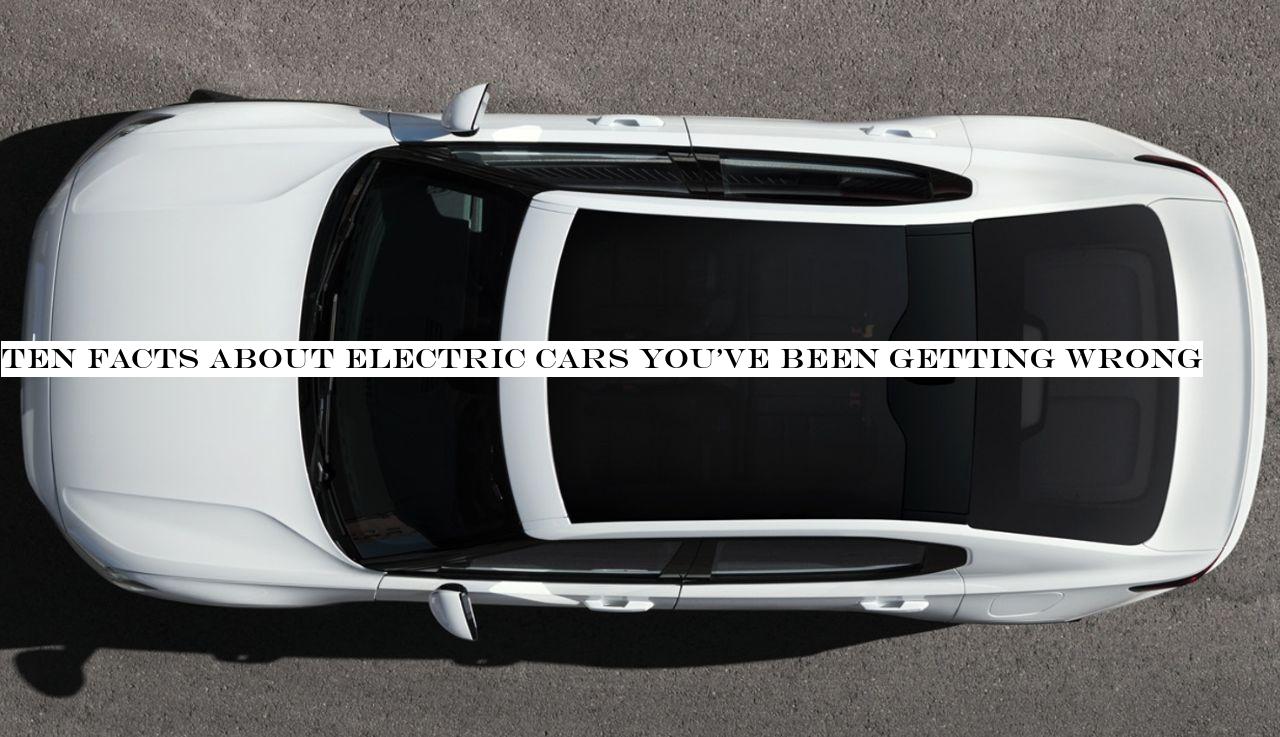
- Details
- Category: Technology
Read more: Ten Facts About Electric Cars You’ve Been Getting Wrong
Write comment (100 Comments)Neo-Pentecostal gangs in Brazil, driving out other faiths at gunpoint. A mob of 100 lawyers attacking a hospital in Pakistan to revenge themselves on violent doctors there. Anti-vaxxers, neo-Nazis, and red-pillers. Sometimes it seems like the world has fragmented into a jagged kaleidoscope of countless mobs and subcultures, each more disconcerting than the last.
Much of this is selection bias: if it bleeds, it leads, in both mass media and social-media algorithms. But it does seem plausible that the Internet is contributing to this kaleidoscope, to this growth in worrisome fringe subcultures, in three separate ways: complexity, information, and connectivity.
Connectivity is the most obvious avenue. The Internet empowers everyone to find their like-minded people, and this is as true of the hateful and vengeful as it is of the dispossessed and downtrodden. Furthermore, the power of a group increases nonlinearly with its size. The hateful views of one man in a community of 100 people are unlikely to make a huge collective difference; worst case, they become a fabled missing stair. But 1% of a nation of 100 million? That a million people. Thata movement ready to join, to march, to pay tithes, to reinforce one another.
Information is more subtle. Therea fascinating quote from the recent New Yorker profile of William Gibson: &Gibson noticed that people with access to unlimited information could develop illusions of omniscience.& You can get any kind of information you want on the Internet. You can find what appear at first glance to be closely argued and well-supported claims that global warming will kill off all but half a billion people by the end of this century, and also, if you prefer, that global warming is an authoritarian hoax.
No wonder people increasingly act as if the truth is something you choose from a buffet rather than a fact that will eventually bite you, hard, if you refuse to believe in it. As Philip K. Dick put it, &Reality is that which, when you stop believing in it, doesn&t go away.& But if all your information comes from the Internet, and is never testable, you never have to stop believing in it … until itfar too late.
Complexity is, I think, the saddest. It has nothing to do with being led astray by evil companions or disinformation. Itjust that our modern world has become so complicated, such an endless buzz of noise and events and obligations, that lashing back against it, fixating on a simple solution to all the worldproblems, makes people feel strong. This delightful article about schisms among believers in a flat Earth includes the telling quote: &When you find out the Earth is flat … then you become empowered.&
Is the world going to get weirder yet, with new and more bizarre and inexplicable subcultures erupting from the Internet with every passing year? Have we hit the plateau of an S-curve? Or are we in a local minimum, and as we get better at dealing with connectivity and complexity, will we look back on these as the crazy years? My moneyon door number two … but I&ve been outweirded before.
- Details
- Category: Technology
Max Q is a new weekly newsletter all about space from TechCrunch. Sign up here to receive it weekly on Sundays in your inbox.
This is it & the very first edition of Max Q: TechCrunchspace newsletter. Despite approaching the end of the year, itbeen a really busy week in the space industry, too. Between launches real and metaphorical, thereplenty of activity to catch up on. And if you&ve got any space stuff you want to share for future newsletters, feel free to email me at This email address is being protected from spambots. You need JavaScript enabled to view it. or let me know on Twitter @etherington.
Space enters a bit of a frenzy time at yearend as a lot of other areas in tech are slowing down & especially over the past few years, as a number of companies push to re-ignite crewed spaceflight in the U.S. Itcommon for many of these companies, and NASA itself, to set ambitious, optimistic timelines, and that often also means trying to fit in as much as possible before the year is out to make good on at least some of those promises.
Blue Origin launches and lands 12th New Shepard
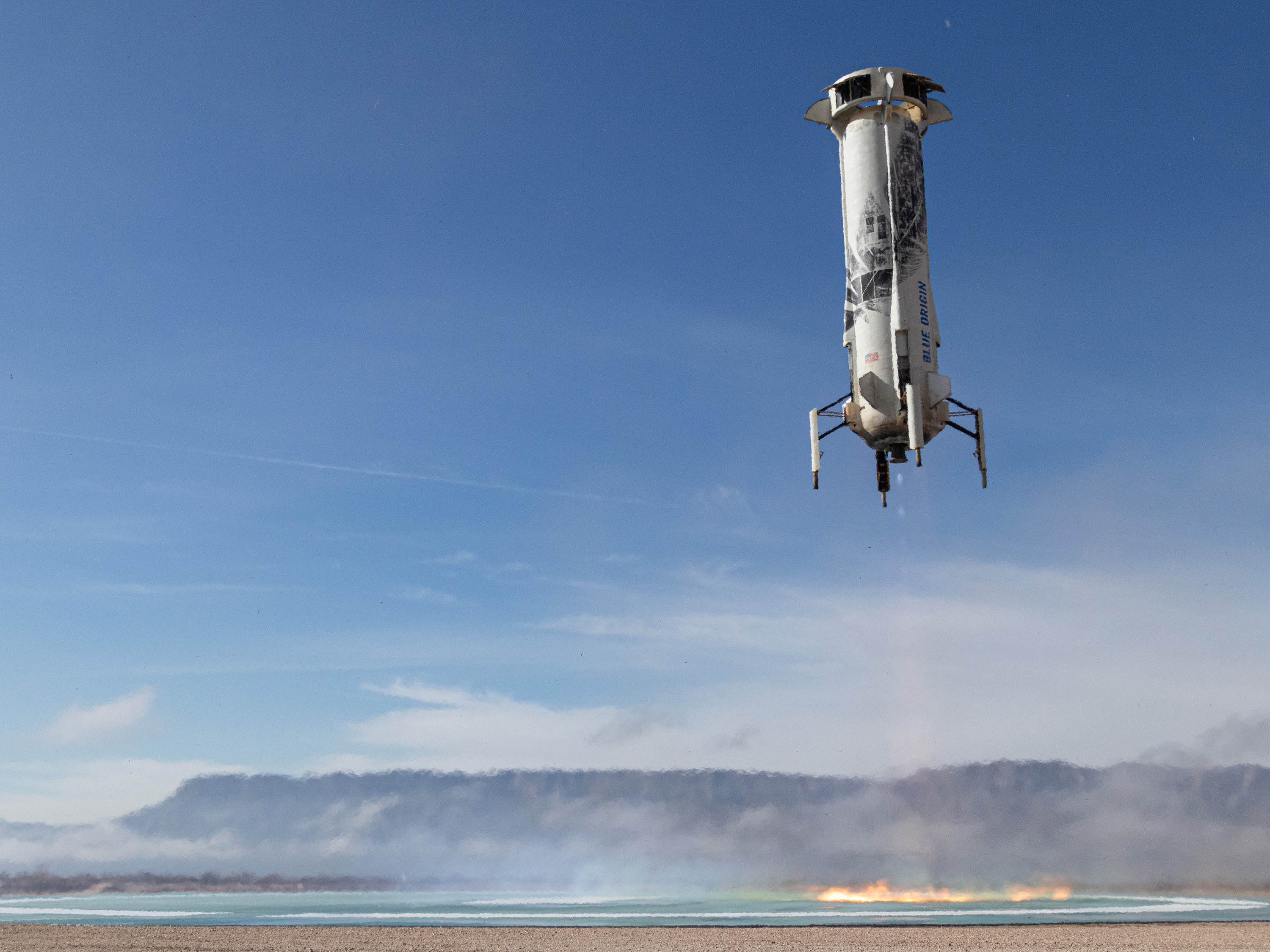 Blue Origin launched its 12th New Shepard sub-orbital spacecraft this week, on its second try after bad weather scrubbed the first attempt. The launch was the sixth for the booster stage rocket used on the mission, and it landed perfectly meaning it could potentially serve even more launches in future.
Blue Origin launched its 12th New Shepard sub-orbital spacecraft this week, on its second try after bad weather scrubbed the first attempt. The launch was the sixth for the booster stage rocket used on the mission, and it landed perfectly meaning it could potentially serve even more launches in future.
Onboard were experimental and research payloads from Columbia University and NASAKennedy Space Center, as well as student postcards and art projects from a collaborative contest launched with the band OK Go. This mission is also noteworthy because ityet another step in Blue Origin progress towards qualifying New Shepard for human flight, after which it&ll start to shuttle tourists to space for a quick, but unbeatable, view.
Rocket LabU.S. launch site is officially open
Rocket Lab, one of few launch startups thatactually flying payloads to space, has officially opened its second launch pad & this one in the U.S. The companyoriginal launch site, which will continue to fly missions, is in New Zealand, but its new launch facility on Wallops Island in Virginia will open the doors for a key new customers, the U.S. Air Force. The first launch from this site, designed LC-2, should happen sometime in the first half of next year.
Kepler Communications books SpaceX rideshare missions
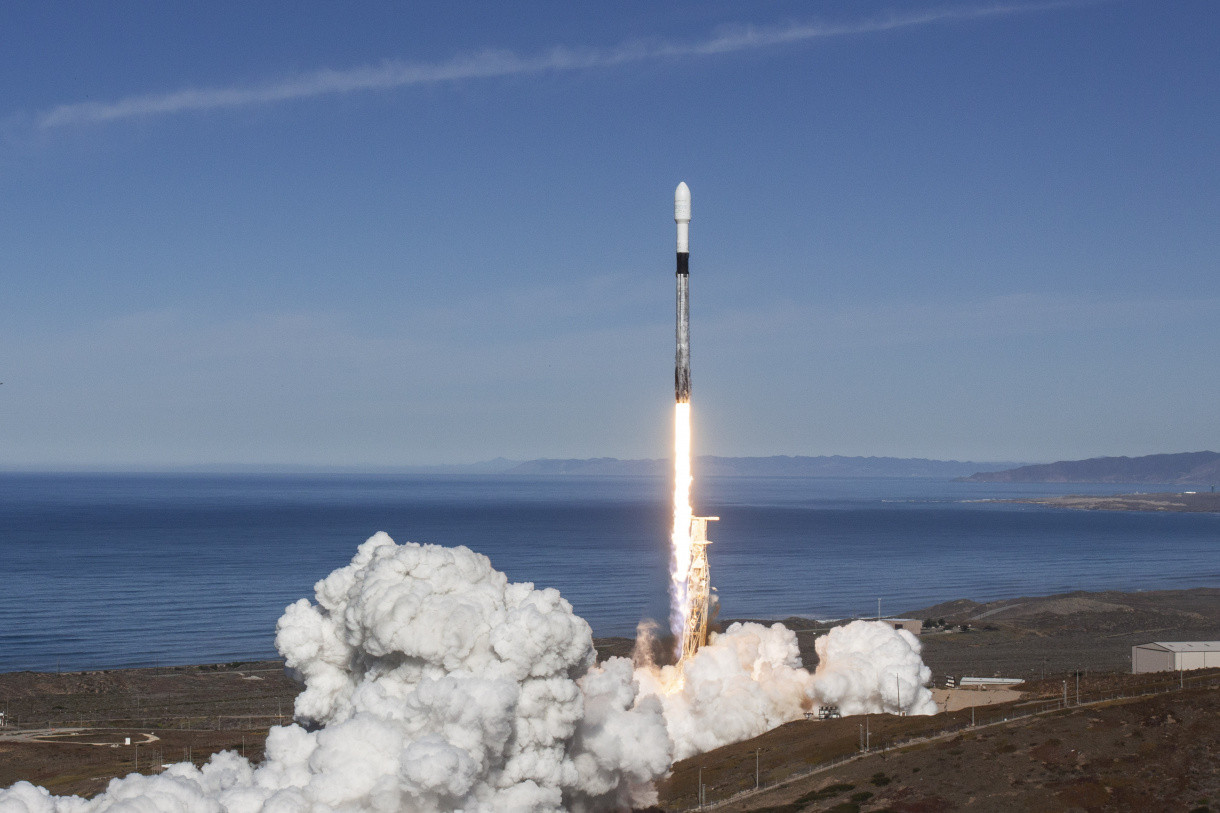 Small satellite startup Kepler Communications has booked two batches of nanosatellite launches on board SpaceXnew rideshare missions. SpaceX announced earlier this year that it would be doing this as a new offering, allowing companies with smaller payloads to book space on a ride that will take up a bunch at once. Itperfect for startups like Kepler, who wouldn&t be the primary customer on any SpaceX mission, and who might not be able to find a large lead partner to foot the majority of the bill for a mission that works on their schedule.
Small satellite startup Kepler Communications has booked two batches of nanosatellite launches on board SpaceXnew rideshare missions. SpaceX announced earlier this year that it would be doing this as a new offering, allowing companies with smaller payloads to book space on a ride that will take up a bunch at once. Itperfect for startups like Kepler, who wouldn&t be the primary customer on any SpaceX mission, and who might not be able to find a large lead partner to foot the majority of the bill for a mission that works on their schedule.
Near Space Labs uses stratospheric satellites to do what orbital ones can&t
A new startup is looking to produce high-resolution, on-demand and timely imaging for various customers and applications, and itusing its own custom satellites hat are carried by weather balloons to make it happen. Advantages of taking this approach include cost, as well as access and the ability to capture very detailed pictures without having to use massively expensive and bulky optics, as you would from space.
Northrop Grumman booked a customer for its first OmegA rocket flight

Northrop Grumman in-development OmegA launch craft will be able to carry large payloads, and it&ll be doing that mostly on behalf of the U.S. Air Force and other U.S. defence agencies. But the rocket will first need to qualify to get USAF clearance to operate, and itgoing to be using its first ever launch in pursuit of said qualification to also ferry payloads for paying customers. Two birds, one stone, as they say.
What starfighters would look like if Porsche was in the Star Wars universe
Therea new Star Wars movie coming out this week, and it&ll definitely feature new ships and other fancy sci-fi gadgets, if previous films are any indication. One you won&t see in the movie is this starfighter, which was designed in collaboration with both Porsche and Lucasfilm . The ship has a distinctive Star Wars vibe, to be sure & but Porsche says italso got elements inspired by the 911 and Taycan. Still definitely wouldn&t look out of place berthed next to the Millennium Falcon.

What to watch out for this week
SpaceX has a launch coming up on Monday, and the crucial Boeing/NASA commercial crew capsule test launch is set for Friday, December 20. That launch will be the uncrewed version of the first-ever commercial crew launch for BoeingStarliner crew capsule, and if all goes well, that will mean we&re closer than ever for U.S. astronauts launching once again from U.S. soil aboard an American launch vehicle.
- Details
- Category: Technology
Uber is in advanced stages of talks to sell its food delivery service UberEats& India business to local rival Zomato, as the American ride-hailing giant looks to cut its spending globally, three people familiar with the matter told TechCrunch.
The deal currently values UberEats& India business at around $400 million, one of the sources said. As part of the deal, Uber may invest between $150 to $200 million in Zomato and get a sizable stake in the 11-year-old Indian firm, people said.
A spokesperson for Uber declined to comment on Saturday. A text to Zomato founder and chief executive Deepinder Goyal, who met Uber executives mid-last week, remained unanswered.
Uber and Zomato are still negotiating the terms but the deal could finalize before the end of the year, people said. Indian newspaper Times of Indiafirst reported about Zomato and Ubertalks last month
The talks come at a time when Zomato is in final stages to close a new financing round of $600 million, Goyal told news agency PTI earlier this month. TechCrunch reported earlier that ChinaAnt Financial was close to leading a funding round of up to $600 million in Zomatoat a valuation of $3 billion.
If the deal goes through, it would mark the end of a year-long struggle for the U.S. giant that has had multiple conversations with both Zomato and Prosus Ventures-backed Swiggy to offload UberEats& India business.
Uber launched its food delivery service in India in mid-2017. Even as the ride-hailing giant offered major discounts to win customers, UberEats never posed a real threat to Zomato and Swiggy, both of which process more than 1 million orders each day.
In comparison, UberEats& daily volume of orders peaked under 600,000, said one of the sources. Furthermore, recent quarters have been tough for UberEats, which saw two key executives — Bhavik Rathod (UberEats& India and Southeast Asia head), and Deepak Reddy (head of central operations for UberEats in India) — leave the firm.
During his visit to India in October this year, Uber chief executive Dara Khosrowshahi said the company remains committed to India, but avoided a question surrounding UberEats& future in the nation.
In recent earnings call,Khosrowshahi has acknowledged that UberEats is facing tough competition in India but suggested that the company would continue to operate in the food delivery space.
&Right now the market is very, very competitive. There are a few very strong competitors there. Generally, I would tell you that we want to be the #1 or #2 in every single market. Right now in India, we&re the #3. And so the team knows therea big lift ahead of them, but we&re on the game,& he said in August.
At a New York Times conference last month, he said the company is &very clear that, with UberEats, we are either going to be No. 1 or No. 2 player in every country where we operate in the next 18 months — or we are going to get out.&
The ride-hailing giant projected a negative revenue of $107.5 million for its UberEats business in India for the period between August and December of this year.
Offloading UberEats India would help Uber, which exit Southeast Asia last year, reduce its global losses. The company, which has cut hundreds of jobs this year, reported a quarterly loss of more than $1 billion in November. In the prior quarter, it lost about $5.2 billion. Uber says that it aims to become profitable by 2021.
Zomato, too, has been reducing its burn rate. The company, which as of last year was losing more than $40 million each month, has cut its monthly loss to $20 million, Info Edge, one of the investors in Zomato, told analysts in an earnings call last month.
Meanwhile, Swiggy continues to expand to more cities and explore delivery beyond food category.In a recent interview with TechCrunch, Prosus Ventures executives said they believe in long-term bets, a strategy — and the fact that it contributed $716 million to a $1 billion round in Swiggy late last year — has helped the food delivery startup expand to more than 500 cities, up from fewer than a dozen cities three years ago.
Like Zomato and UberEats, Swiggy, too, is not profitable.
- Details
- Category: Technology
Read more: Uber all set to sell UberEats’ India business to Zomato
Write comment (97 Comments)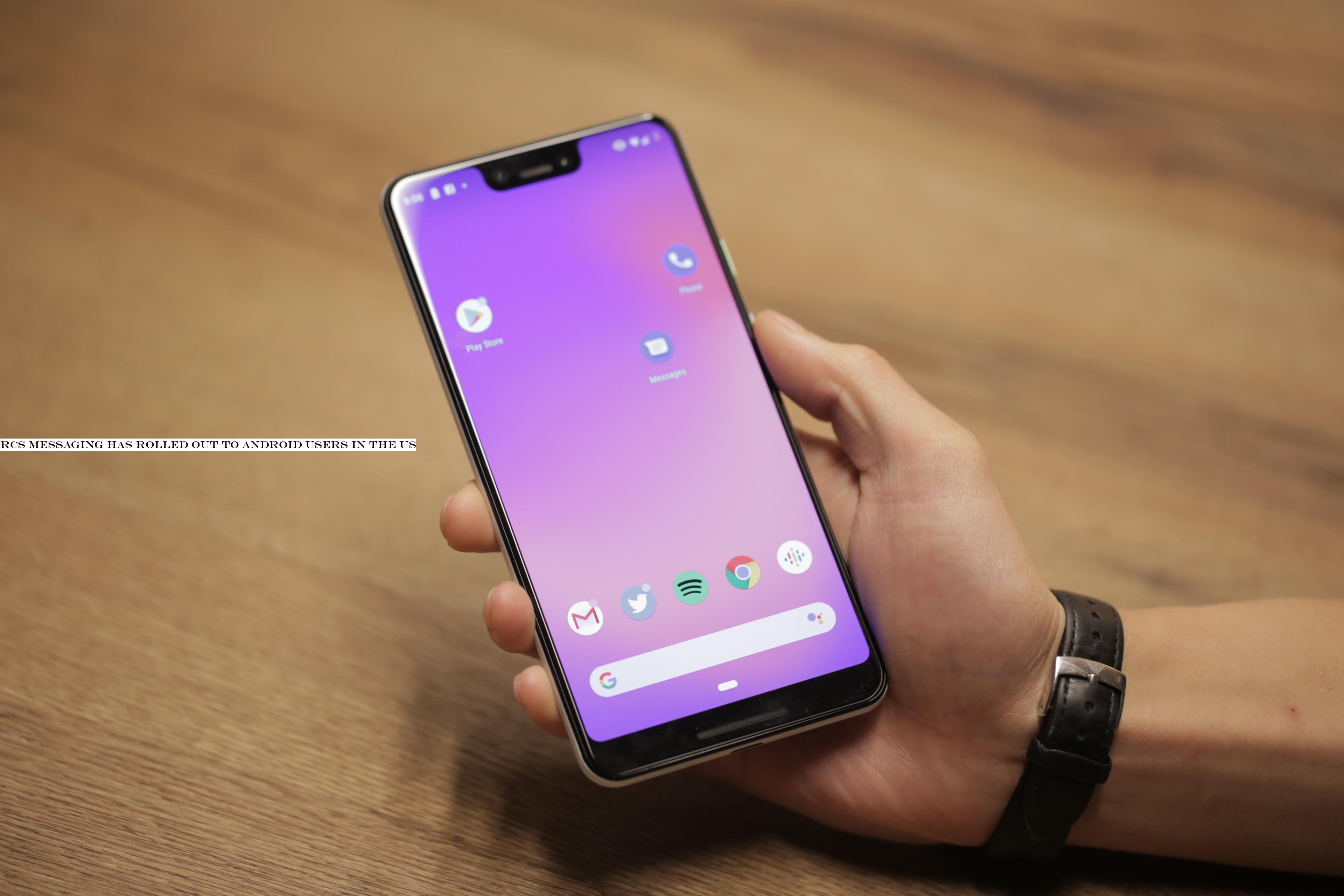
Herea nice little surprise for Android users this weekend. It seems that Googlepans to roll out Rich Communication Services (RCS) messaging is slightly ahead of schedule. The company announced in November that it would be making the feature available for all Android users in the country by year-end.
A tweet from Android Messages product manager Sanaz Ahari confirms that the SMS-successor has been made available to users in the States as of this week. The new protocol brings with it some key advances over messaging stalwart, SMS.
The update brings a lot of features that many have been compared to iMessage, Applestandard protocol thatdone a good keeping many users onboard with iOS, for fear of becoming a green bubble. Key features include read receipts, the ability to see another user typing in real-time, larger file transfers and improved group messaging (though, as noted, some features like end to end encryption are still lacking).
Notably back in October, the U.S.four primary carriers formed a rare joint effort to accelerate the adoption of RCS. Both the Messages app and carrier services have to be updated to get access. Users in the U.K. and France also have access to the feature as of this summer, with more countries coming soon.
- Details
- Category: Technology
Read more: RCS messaging has rolled out to Android users in the US
Write comment (91 Comments)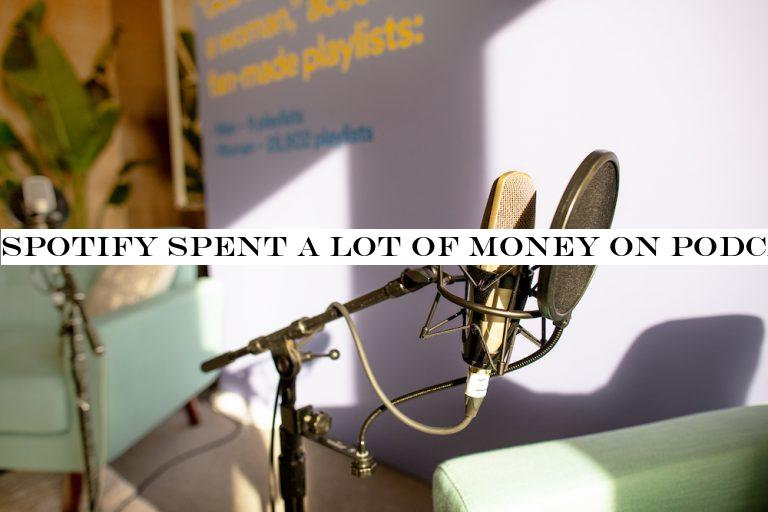
Listen. Spotifytired of screwing around here. The company spent a lot of money on podcasts. Like, a lot, a lot. And it really needs you to start listening to things, because italmost certainly going to spend even more in the coming years.
I mean, music is good, too, don&t get it wrong, but with between $400 and $500 million spent on the format in 2019 alone, the service is really going to need you to hold up your end of the deal here and just, pretty please start streaming the things. This week, Spotify is introducing a new button to help kickstart the habit.
First noted by The Verge, the feature is coming to users in a number of markets, including the U.S., U.K., Brazil, Mexico, Ireland, New Zealand and Australia, limited to those users who have yet to use Spotify to listen to a podcast. I&d imagine that still applies to a broad swath of users. Spotify is still a relatively new entrant in the field, and while podcasting is growing at a rapid rate, many listeners have already settled on a player.
The service has a big lift here, attempting to distinguish itself with premium offerings in a flood of free content. Spotify certainly pushed podcasts big time in its viral year-end wrap ups, prominently featuring them among artists, even if you only listened to an episode or two.
Discovery could be a big part. Thata puzzle many platforms are still working to crack beyond simply recommendations. The company notes that it will recommend both its own and non-Spotify podcasts with the feature. It will be interesting to see how much it pushes its own offerings, however, given the massive size of its investment.
- Details
- Category: Technology
Read more: Spotify spent a lot of money on podcasting, so it wants you to start listening, please
Write comment (96 Comments)Page 128 of 5614

 8
8